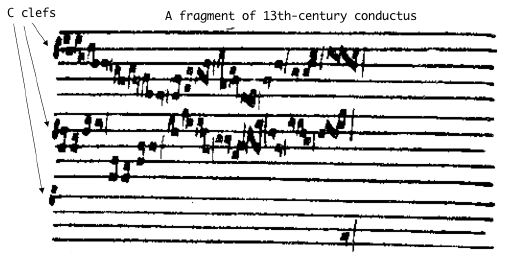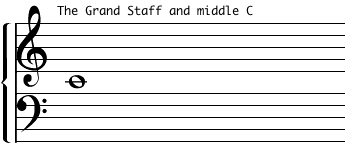Answer: I could almost believe that story, but no, that's not quite what happened. I think I know how this story got started, though.
You might say there's a general tendency in nature for things to start small or few and become large or many. From little acorns do mighty oaks grow; from two rabbits does one acquire a field full of them, and so on.
The musical staff system grew from fewer to greater numbers of lines, starting back around 900 a.d. with just one or two. Guido of Arezzo (990-1050) suggested using 3 or 4 lines, and his 4 line system is still used today for Gregorian chant. The five-line staff shows up somewhere around the 13th century, and 6-line staves were sometimes seen from the 14th through the 16th centuries.
But more than that many and the eye tends to get confused. Over time the 5 line system seemed to be the winner for clarity and convenience.
Where your story may have its origin is this: Willi Apel, a great historian of notation, observes that in simple note-against-note music called 'conductus' different staves were sometimes written so close together that they gave the impression of a single staff with 10 or more lines. But there are two or more clefs, so it's clear these are really just multiple staves drawn close together. Apel refers to examples like this one:

Performers of keyboard music normally read from two staves at once, generally bass and treble, and it is customary to call the two together the "Grand Staff." But it comes from putting two together, not from splitting one apart. Middle C, though, does get its name from its position between the bass and treble clefs that make up the typical Grand Staff.


